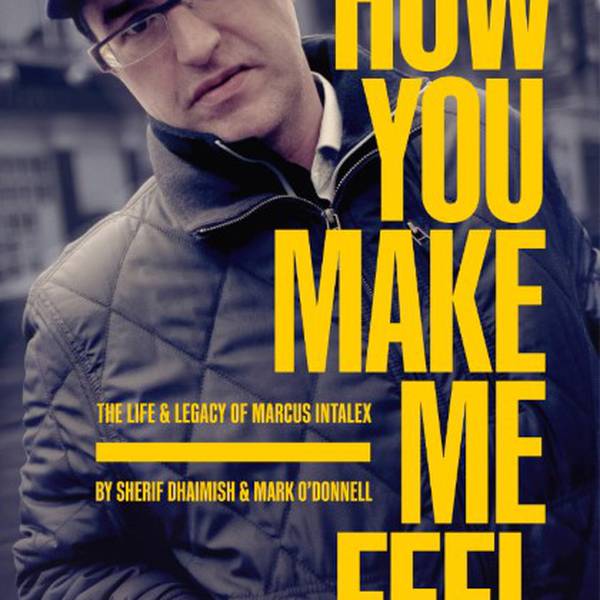
Tax included, Shipping not included
Following on from his 2021 book, Synthesizer Evolution: From Analogue to Digital (and Back), Oli Freke returns with a Synthesizer Evolution A6 zine series.
Drum machines and samplers have something of a shared history and this zine celebrates their invention and by picking out 46 of the most influential, important or most interesting synths from 1949 – 1996. Explore the most legendary drum machines and samplers ever created, including the Roland TR-808, Roland TR-909, Akai S1000, Fairlight CMI, Akai MPC60 and more, with detailed descriptions and the stories behind their development.
The earliest rhythm machines from the 1960s (and even earlier) used unwieldy sound generation techniques such as tape or other electro-mechanical means. However, the application of the transistor from the early 1970s swiftly saw an improvement in sound quality, usability and commercialisation of the drum machine.
These same transistors, minuaturised into microchips, also enabled the wider take-up of digital sampling in the 1970s – albeit initially at vast cost. As the 1980s wore on, silicon became cheaper and samplers became ubiquitous.
Drum machines took advantage by first incorporating sampled drum sounds, providing increased realism over their analogue predecessors. They then went full hybrid with the creation of the ‘music production workstation’ – a slick combination of drum machine, sampler and sequencer, much favoured by the hip-hop community.
Both music production workstation and ‘pure sampler’ brought a revolutionary new approach to music making – whether in newly realistic replications of acoustic instruments, the recycling of old music and records into new, exciting collage styles, or by simply facilitating new approaches to sound design.
All of this furious development, enabled by silicon chips and their reducing cost, caused the development of brand new styles of music from hip-hop to rave, and from newly lush film scores to the experimental avante-garde.
Details
Genre
Release Date
20.12.2023
Cat No
9781913231569
Produkt- und Herstellerinformationen






